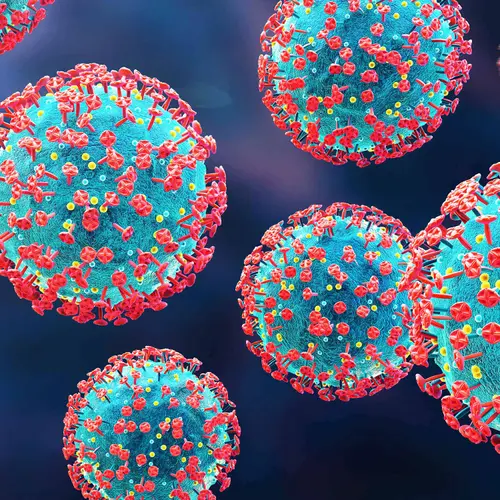Cases of human immunodeficiency virus (HIV) are typically concentrated in major cities, but health experts have seen more new diagnoses in rural areas. The HIV rates in these communities are catching up to urban areas for many reasons, including lack of access to proper health care and certain kinds of drug use.
Here’s a look at some of the data:
- A 2021 report found that there is a disproportionate occurrence of HIV in rural areas
- Of the 50 U.S. counties with the highest HIV rates, 16% were rural counties
- Black, Latino, Native American, and other minority groups living in rural areas have higher than average rates of HIV
- LGBTQ+ communities and people who inject drugs deal with additional gaps in HIV care
Rates of new HIV infections in rural areas continue to draw closer to the rates in urban areas, according to a 2021 report, especially in the Southern and Midwestern regions. In the South, 23% of new HIV cases happened in rural and suburban areas. Midwestern states report similar numbers, with 21% of new HIV cases in rural and suburban communities.
What are the barriers to HIV prevention and treatment in rural communities?
Access to health care
People living in rural communities face significant barriers to accessing prevention and treatment services for HIV. These communities have fewer options for health care overall, including family doctors, dentists, and mental health providers. This means rural residents usually need to travel for health care, often with the added burden of unreliable personal or public transportation. One review found that a lack of transportation is one of the biggest barriers to HIV care for people living in rural areas.
Health care providers may also lack the knowledge or training to treat HIV. One in 3 family doctors and nurses in the U.S. are not aware of PrEP, an HIV prevention medicine for people with a higher chance of getting the disease. And rural doctors often don’t understand the complex medical needs of those living with HIV, which involves treating ongoing issues like depression, pain, and substance use disorder.
Health care costs
Rural communities also have less access to health insurance and financial resources than those in urban areas. Those with HIV need help paying for treatment if they don’t have private or publicly-funded health insurance. Researchers asked a group of rural women with HIV about barriers to HIV care. Between 13% and 17% said finances or a lack of insurance stopped them from getting the help they needed.
Since rural areas have fewer overall people, the cost of operating an HIV program is also higher than in communities with higher populations. This can drive costs even higher for those who already struggle to afford care.
Drug use
Many rural communities have seen a rise in drug use with needles, resulting in more HIV diagnoses along with other diseases. Experts say the opioid epidemic is partly to blame, particularly in the rural South. While syringe services programs (SSPs) help to stem the spread of HIV, you won’t find many of them in rural areas. Some states have banned SSPs from operating, and the ones that are available may lack funding.
Social stigma
Because of the stigma surrounding HIV, people with the disease face false or negative beliefs about their condition. And when you live in a small, closely connected community, it can be hard to protect your privacy while getting the care you need. This often means fewer people getting tested and treating the illness. Some HIV/AIDS groups even avoid advertising their services in rural areas to lessen the stigma.
Unfortunately, the medical community also participates in the stigma against people living with HIV. Research shows doctors sometimes refuse to treat those with the condition or seem uneasy discussing sexual identity and behavior. When people with HIV feel shunned, they’re less likely to seek care.
In the criminal justice system, people with HIV face laws that make it illegal to purposely expose someone else to the disease or engage in behaviors that are unlikely to transmit it, like spitting or biting. This is despite research showing these types of laws don’t work to curb unsafe sexual practices.
How do you lower HIV rates in rural communities?
Programs focused on HIV treatment and prevention in rural communities are one way. The federal government supports several of them. The goals of these programs include:
- Early HIV detection through regular testing that’s easy to access
- Treatment that works well to slow the virus and avoid transmission
- Slowing the spread of HIV with PrEP and syringe services programs
- Responding quickly to community outbreaks of HIV
- Fighting the stigma of HIV by educating the public and health care providers
Federal programs offer funding to underserved cities, counties, and local organizations.
Health care professionals are also using the power of technology to reach more people living with HIV. Telemedicine allows those with the condition to avoid traveling away from their communities to access HIV care specialists. Despite the benefits of telemedicine, some rural areas will need a better connection to high-speed internet to use this technology. And, billing issues keep some clinics from using it.

